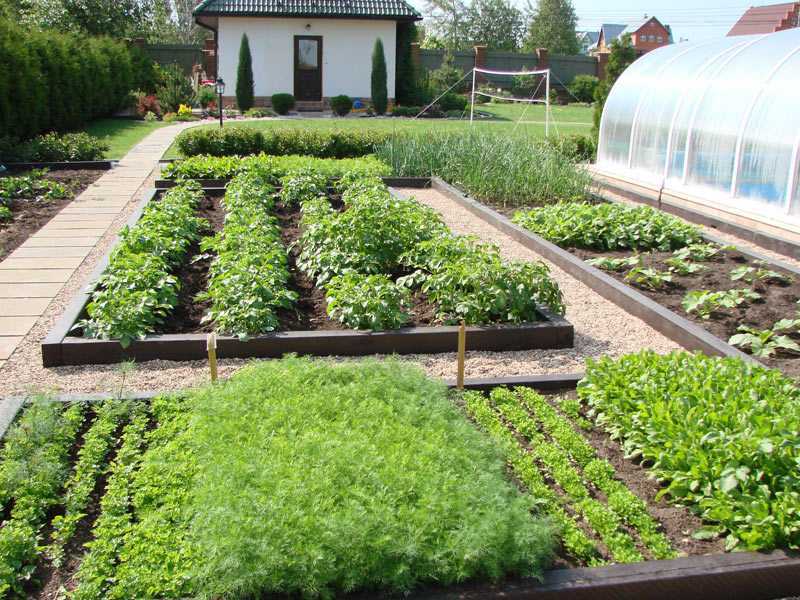Creating a budget friendly 15 acre homestead can be a dream come true for many. With the right ideas and strategies, you can transform your land into a productive and sustainable haven. Whether you are new to homesteading or a seasoned homesteader, there are numerous ways to maximize your resources without breaking the bank. Let’s explore some practical and inspiring budget friendly 15 acre homestead ideas that can help you make the most of your land.

Understanding Your Land
Before diving into the specifics, it is crucial to understand your land’s characteristics. Knowing the types of soil, water sources, and climate conditions can significantly impact your homesteading plans. This guide offers insights into choosing land for homestead living, which can be helpful when planning your homestead.
Soil Testing
One of the first steps in understanding your land is conducting a soil test. This process helps identify the soil’s pH level and nutrient content. Based on this information, you can decide which crops are most suitable for planting.
Water Management
Efficient water management is essential for a successful homestead. Consider setting up rainwater collection systems or ponds to ensure a consistent water supply for your plants and livestock.
Creating a Sustainable Garden
A garden is a staple of any homestead. It provides fresh produce and reduces grocery expenses. Implementing mulching techniques can improve soil fertility and moisture retention. Learn more about mulching techniques that can benefit your garden.
Companion Planting
Companion planting is a smart way to maximize space and promote plant health. By planting compatible species together, you can improve yields and deter pests naturally.
Perennial Crops
Incorporating perennial crops like asparagus, rhubarb, and berry bushes can provide continuous harvests with minimal replanting each year.
Raising Livestock
Livestock can be a valuable addition to a homestead, providing meat, eggs, milk, and other resources. Choosing the right animals for your land and budget is crucial for success. You can explore methods for butchering to make the most of your livestock.
Chicken Coops
Raising chickens is a cost-effective way to get fresh eggs and meat. Building a simple chicken coop with recycled materials can save money and provide a safe environment for your flock.
Goats and Sheep
Goats and sheep are excellent for small homesteads. They provide milk, meat, and wool, and they can also help with land management by grazing on weeds.
DIY Projects and Infrastructure
Building necessary infrastructure on your homestead doesn’t have to be expensive. With some creativity and effort, you can construct functional and durable structures.
Building with Recycled Materials
Using recycled materials for constructing sheds, coops, and greenhouses can significantly cut costs. Look for materials like pallets, old windows, and scrap wood.
Alternative Energy Sources
Investing in alternative energy sources like solar panels or wind turbines can reduce long-term energy costs and promote sustainable living.
Integrated Pest Management
Pest control is an integral part of maintaining a healthy homestead. Implementing integrated pest management can minimize damage to crops and livestock. Find detailed strategies for pest management on a homestead.
Natural Predators
Encouraging natural predators like ladybugs and birds can help control pest populations naturally without the need for chemicals.
Companion Plants for Pest Control
Certain plants, such as marigolds and basil, can repel pests and protect your crops when used in companion planting.
Financial and Legal Considerations
Understanding the financial and legal aspects of homesteading is crucial. Having the right insurance for your homestead can protect your investments. Discover more about insurance options.
Budget Planning
Creating a detailed budget plan can help track expenses and allocate resources efficiently. Prioritize projects and track spending to avoid overspending.
Legal Permits
Ensure you comply with local regulations and obtain necessary permits for structures, livestock, and other homestead activities.
Community and Education
Connecting with other homesteaders and staying informed can enhance your homesteading experience. Podcast topics can provide valuable insights and keep you updated on the latest trends.
Joining Homestead Networks
Joining local or online homestead networks can provide support, resources, and opportunities to share knowledge and experiences.
Continuous Learning
Engage in continuous learning through workshops, courses, and books to improve your homesteading skills and knowledge.
Conclusion
Embarking on a budget friendly 15 acre homestead journey is both exciting and rewarding. With careful planning, creativity, and determination, you can create a sustainable and productive homestead that meets your needs. Embrace the adventure and enjoy the fruits of your labor as you transform your land into a thriving sanctuary.

FAQs
What is the first step to starting a homestead?
The first step is to understand your land through soil testing and water management. This knowledge will guide your homesteading plans.
How can I save money on building homestead structures?
Utilize recycled materials for construction, such as pallets and scrap wood, to reduce costs while building necessary infrastructure.
What livestock is best for a 15-acre homestead?
Chickens, goats, and sheep are great options for a 15-acre homestead, providing eggs, milk, meat, and wool.





